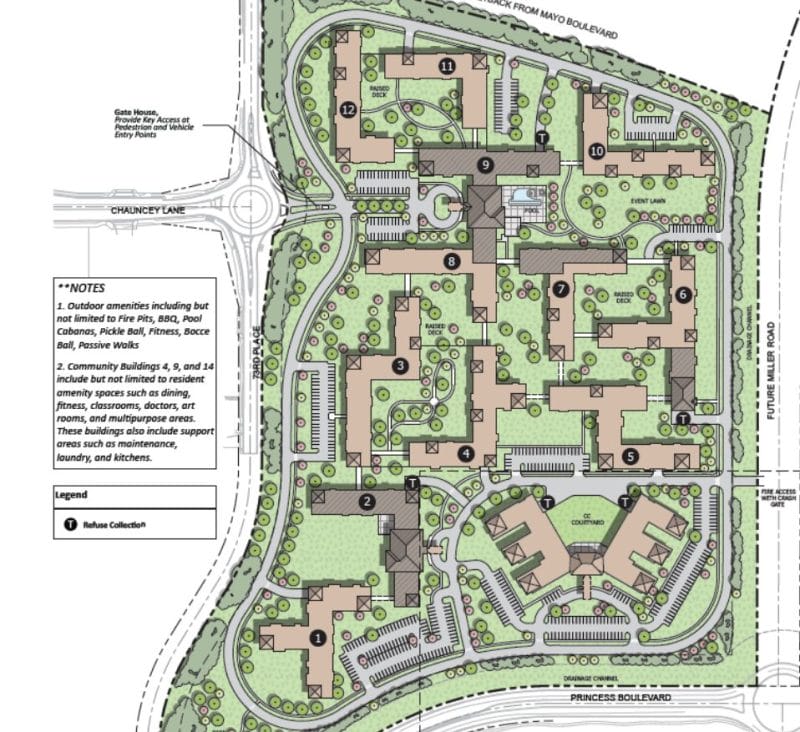
ELLIOTT D. POLLACK
& Company
FOR IMMEDIATE RELEASE
September 9, 2019
The Monday Morning Quarterback
A quick analysis of important economic data released over the last week
We learned two things last week. First, the stock market really likes it when it appears that there won’t be a trade war. Second, more of the recession indicators we follow are approaching or are now in negative territory.
Does that mean a recession is in store for us next year? Maybe or maybe not. It does mean the probabilities are moving in that direction. Yet, we still feel that a slow growth scenario is still the most likely over the next year. It’s certainly a closer call today than it was a week ago. We also still maintain that the most likely recession scenario if one does occur is one that is of the short and shallow variety. It will likely look nothing like 2007-2009.
The biggest news last week was the employment data. The employment numbers came in under expectations. That is no reason to panic. Of course, employment numbers were going to slow. We are at full employment. There are fewer people left to be hired. And there are still over seven million unfilled jobs in the U.S. Also, the underperforming employment results will increase the probability of another rate cut by the FED this month. On the positive side, the labor force participation rate increased and hourly earnings jumped 0.4% in August.
The biggest concern for me was the ISM manufacturing index falling below 50 for the first time in almost three years. This indicates that the manufacturing sector is not expanding. Yet, durable goods orders were up and the larger non-manufacturing sector continued to expand. Also, U.S. international trade (goods) was down, motor vehicle sales remained strong and the Greater Phoenix housing market continued to get tighter as can be seen by less supply and higher prices.
U.S. Snapshot:
Nonfarm payroll employment rose by 130,000 in August. While this was below expectations by 20,000 (40,000 below in the private sector), keep in mind that we are at or near full employment. Thus, it is to be expected that the rate of growth in employment will slow. Job growth has averaged 158,000 per month thus far this year. It averaged 223,000 in 2018.
The unemployment rate was unchanged in August at 3.7%.
Average hourly earnings for all private-sector employees in August rose at a rapid 4.7% annual rate. They now stand 3.2% above year-earlier levels. This is also to be expected late in an expansion as labor remains in relatively short supply and job openings are plentiful.
Productivity, or output per worker hour, rose at a 2.3% annual rate in the second quarter of 2019. It now stands 1.8% above year earlier levels. Productivity, along with total hours worked, determine how quickly an economy can growth in the long run.
ISM’s Manufacturing Index contracted in August to 49.1%. This is a decrease of 2.1 percentage points from July’s reading of 51.2%. It is also the first time since August 2016 that the reading was below 50. A reading above 50 indicates that the manufacturing economy is generally expanding. A reading below 50 indicates that the sector is generally contracting.
ISM’s non-manufacturing index stood at 56.4% in August. This is 2.7 percentage points higher than the 53.7% registered in July. As above, a reading of greater than 50 indicates the sector is expanding while a reading below 50 suggests that the sector is generally contracting.
New orders for manufactured durable goods July increased by 1.4%. This followed a 0.5% gain in June. New orders now stand 0.4% above year-earlier levels.
Imports of goods into the U.S. declined 2.3% at an annual rate in July compared to June. They are down 1.1% from year earlier levels. Exports of goods from the U.S. were at an 11.2% annual rate in July compared to June yet stood 1.3% below a year ago. Imports of goods and services were about flat with last month and a year ago while exports of goods and services were up from June by 6.9% at an annual rate but down slightly from a year ago.
Construction spending during July was up 0.1% from June but down 2.7% from a year ago. Private sector construction was down for the month and year while public sector construction was up.
Arizona Snapshot:
Active listings in the Greater Phoenix Multiple listing service stood 9.7% below year earlier levels in August while the number of resales for the month was up 6.7% from a year ago. This tightening of supply vs. demand caused median sales prices to increase to $280,000. That’s a 6.9% increase over a year ago.
About EDPCo
Elliott D. Pollack & Company (EDPCo) offers a broad range of economic and real estate consulting services backed by one of the most comprehensive databases found in the nation. This information makes it possible for the firm to conduct economic forecasting, develop economic impact studies and prepare demographic analyses and forecasts. Econometric modeling and economic development analysis and planning are also part of our capabilities. EDPCo staff includes professionals with backgrounds in economics, urban planning, financial analysis, real estate development and government. These professionals serve a broad client base of both public and private sector entities that range from school districts and utility companies to law firms and real estate developers.
For more information, contact –
Elliott D. Pollack & company
7505 East Sixth Avenue, Suite 100
Scottsdale, Arizona 85251
480-423-9200







